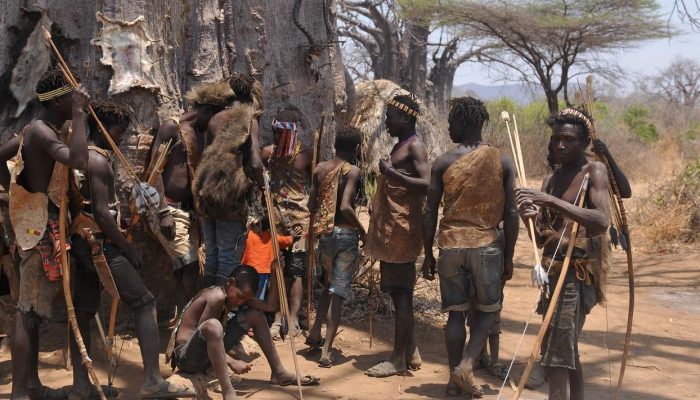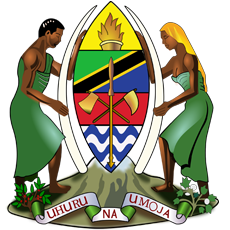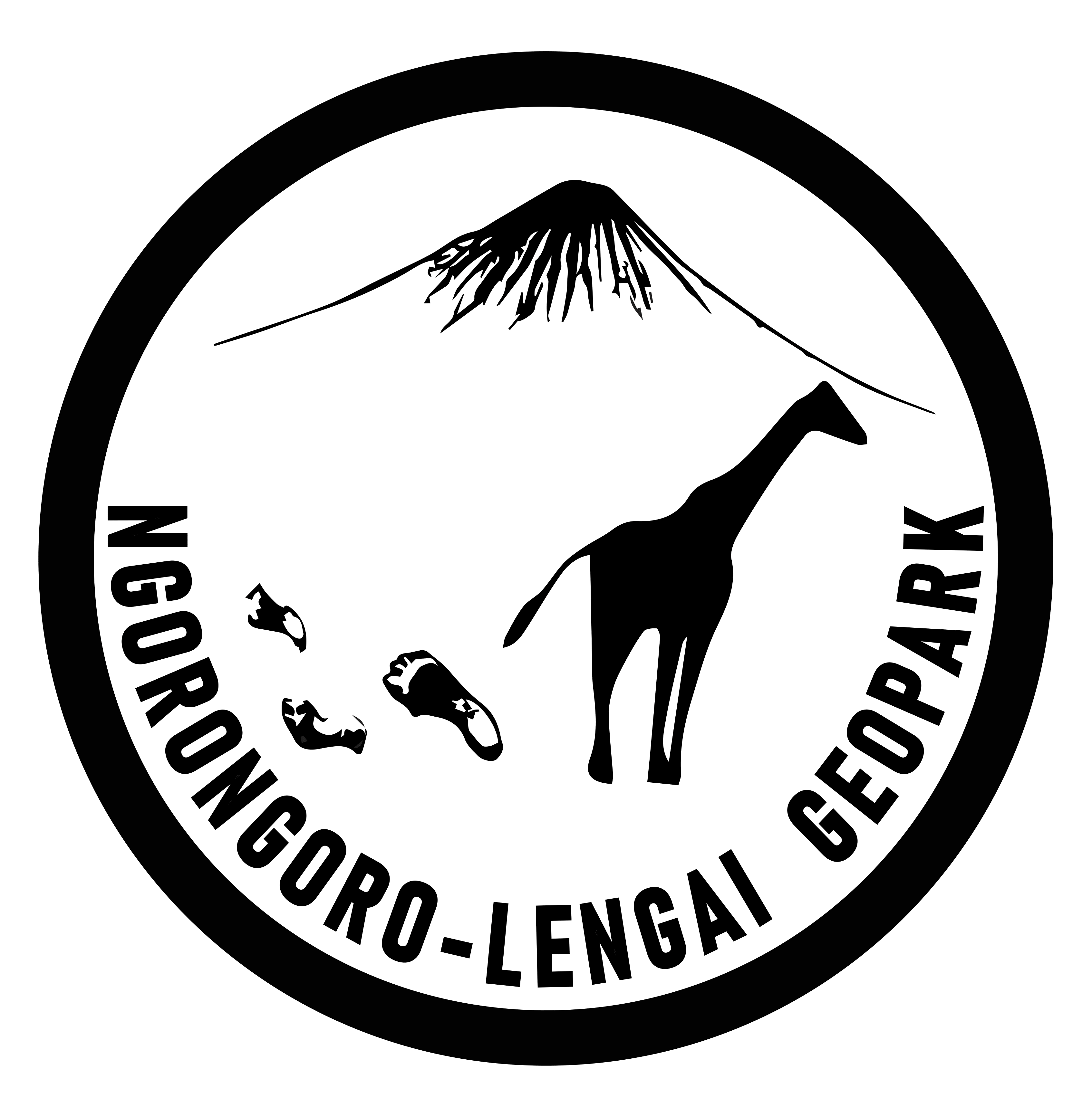All of the areas that bordering the Ngorongoro Conservation Area, including Mbulu, Karatu, Monduli, Ngorongoro, Arusha, Babati, Singida, Moshi, Dodoma Chamwino, and Arumeru, were given priority status under this program. This is due to the fact that planting trees close to the area minimizes the excessive demand for natural resources from the northern highland forest reserve.
Since there is still a demand for natural resources for human use, the program is still in operation. At its four tree nurseries (Karatu, Mbulu, Lositete, and Selela), the NCAA grows tree seedlings and distributes them cost-free to a variety of stakeholders, including village communities, government agencies, educational institutions, non-profit organizations, and individuals.
Various tree species found in the NCA nurseries includes the Acacia species, Pinus patula, Cordia africana, Eucalyptus, Balanite egyptiaca, Grewia smilis, Tamarindus indica, Adansonia digitatata, Bouganivilea glabra, Ficus sycomorus, Combretum molle, Grewia tenax, Syzygium cuminii, Albiziaharvey, Salvadora perisca and Delonix regia. .

















